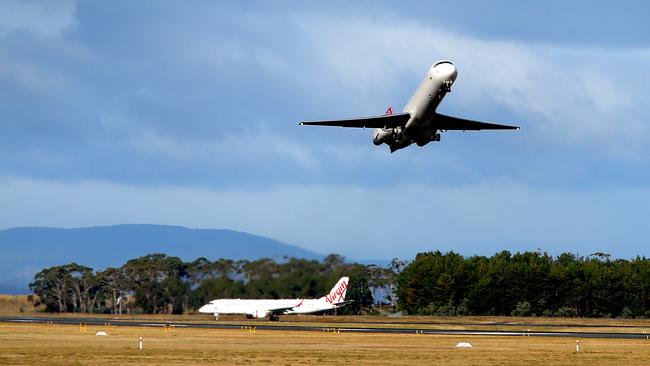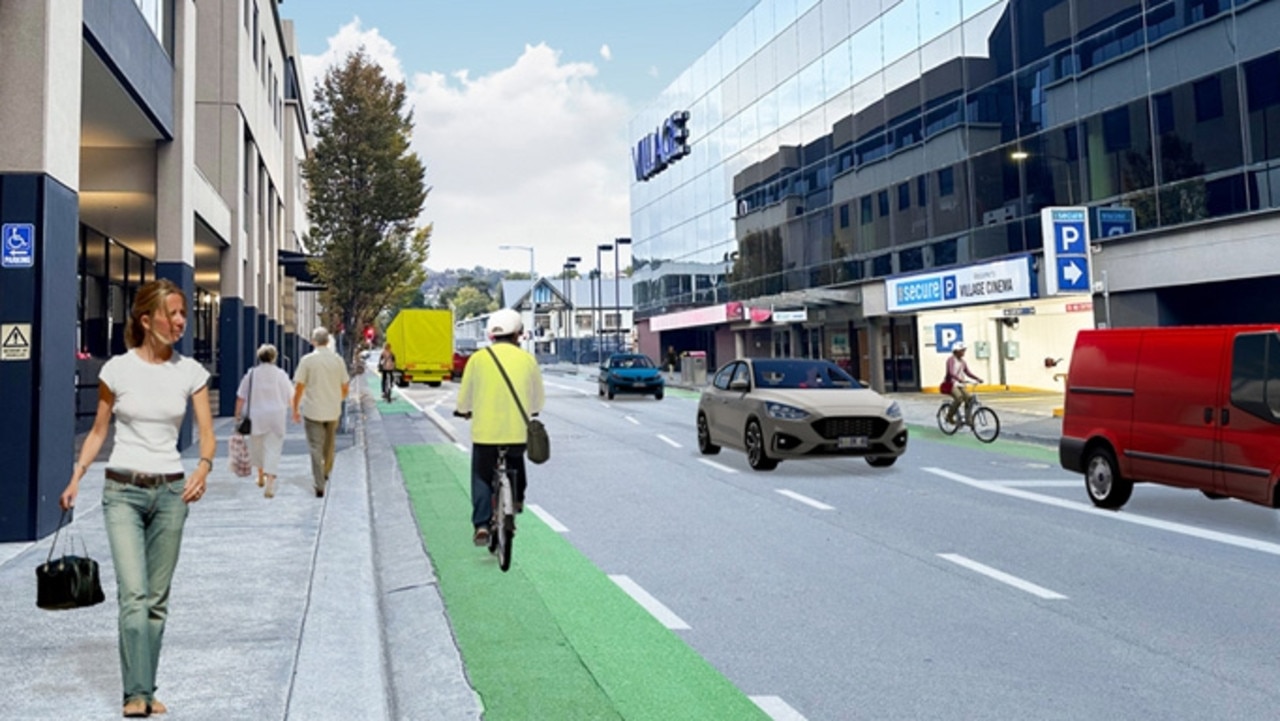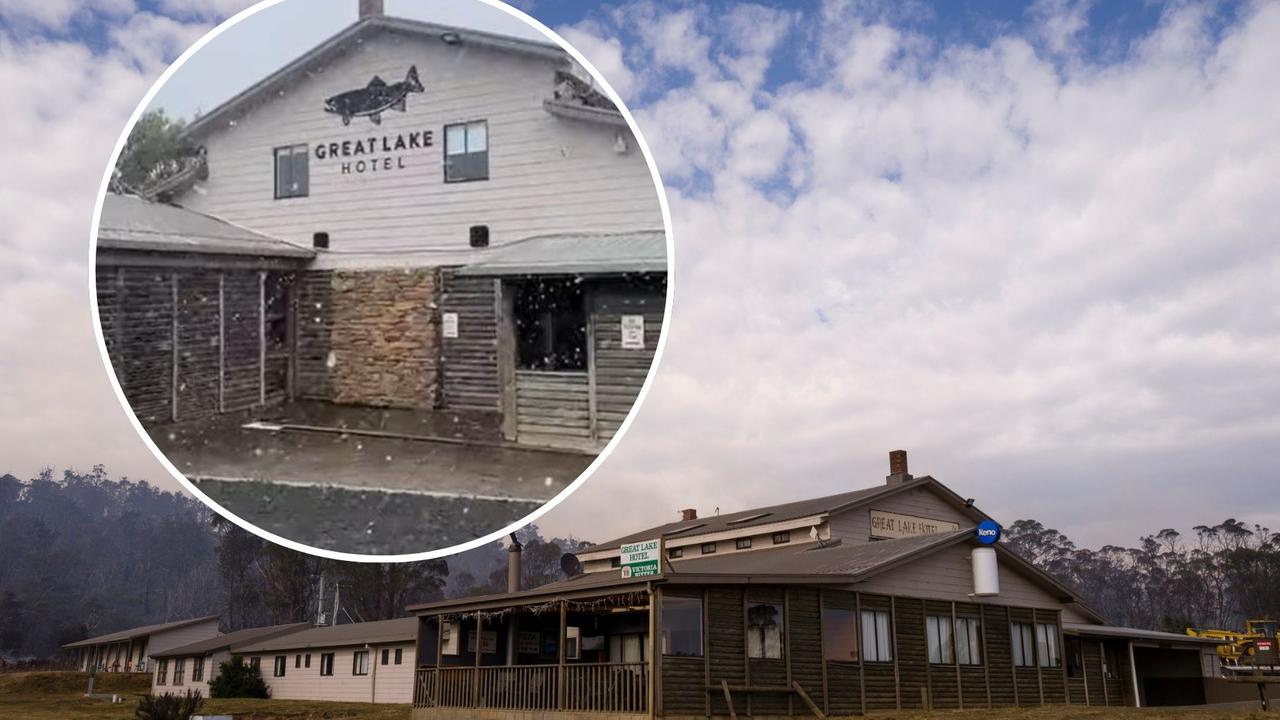Big shift coming for control of state’s air traffic
Traffic control operations in Tasmanian airspace are set for a major shake-up.

Tasmania
Don't miss out on the headlines from Tasmania. Followed categories will be added to My News.
MELBOURNE air traffic controllers are set to take greater ownership of Tasmanian airspace under a major shake-up of operations.
Due to take effect in May, the change will see the monitoring capacity of the Melbourne air traffic service centre lowered from above 2600m to above 1370m.
The move, backed by a local aviation expert, aims to significantly improve safety for planes arriving and departing Hobart and Launceston airports and allow controllers in Melbourne to track them on radar for longer. Radar is not available from the Hobart Airport control tower.
Flights to three other major regional airports – Albury, Alice Springs and Tamworth – are also set to be controlled above 1370m by Australia’s two air service centres, with the other located in Brisbane.
Airservices Australia executive general manager of air navigation services Stephen Angus said the decision to lower the altitude threshold was to enhance safety and efficiency.
He said it would not result in any job losses in the Hobart control tower.
“All we’re proposing here is an internal transfer of control between the controllers in the tower and in the Melbourne facility, instead of being at 8500ft [2600m], it’ll be at 4500ft [1370m],” Mr Angus said.
“When you’ve got the surveillance you almost immediately then make available enhanced safety tools [such as] the ability to detect the position of two aircraft and whether they’re too close together or to send the controller an alert if the aircraft is too close to the ground.
“Those sorts of things are enhanced by surveillance which a controller in a less technological operating environment like a tower does not have access to.”
Mr Angus said the change would have a minimal impact to current procedures.
“An aircraft departing out of Hobart is typically climbing at between 2000 to 3000ft [600m to 910m] a minute which means the change in transfer we’re talking about is a couple of minutes,” he said.
The owner of Cambridge Aerodrome, Tasmania’s busiest airport in terms of aircraft movements, has backed the change of control.
Shannon Wells, managing director of Par Avion, said it would make the airspace more efficient.
“It will allow more opportunity to use radar at lower altitude which means the controllers can move the aircraft around a bit more freely than they currently can,” he said.
“One you hit Melbourne airspace they can say turn left, turn right – they can basically give you a direction to fly.
“I’d like to see radar airspace all the way down to the ground here in Hobart ... 4500ft [1370m] is the first step.”


